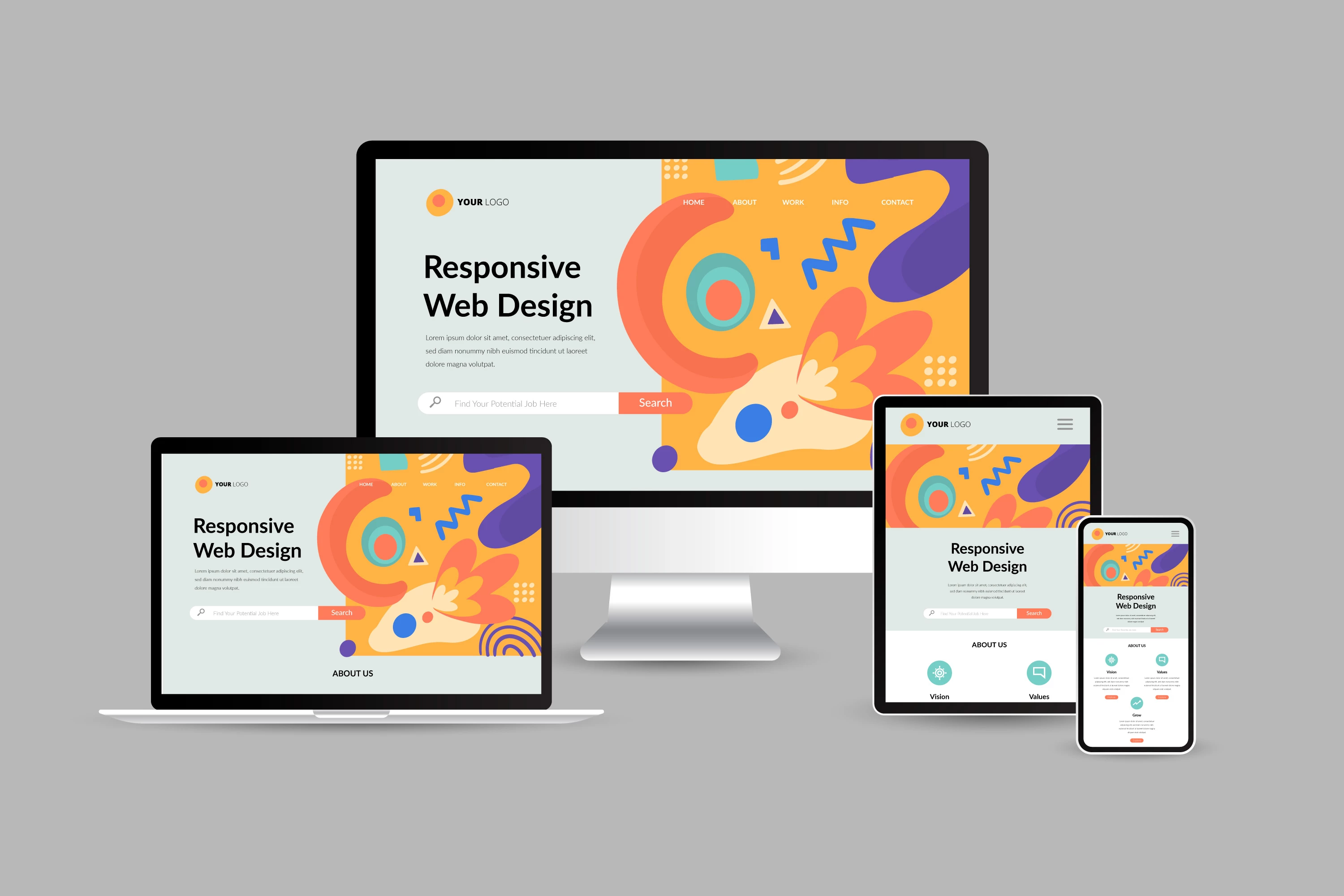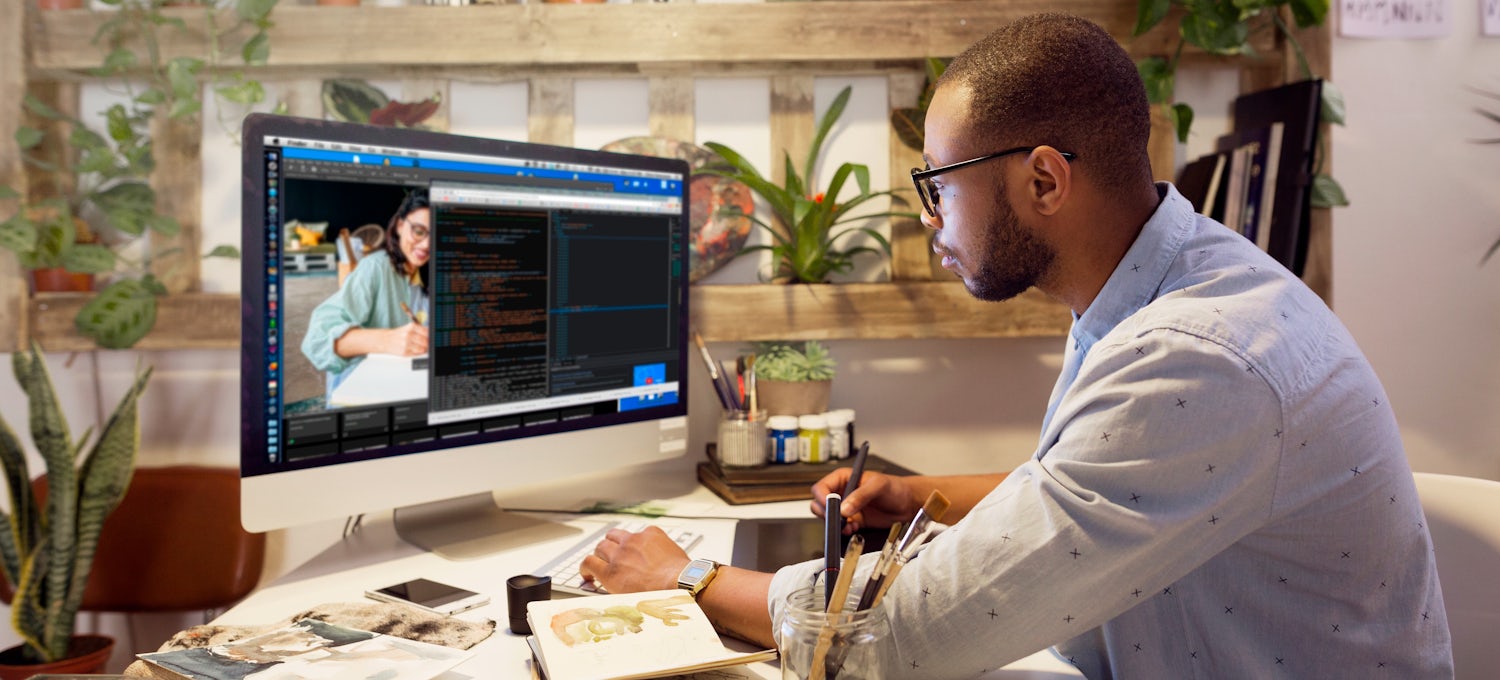Las Vegas SEO Firm Featuring Local and National Campaigns
Las Vegas SEO Firm Featuring Local and National Campaigns
Blog Article
Imaginative Internet Layout Solutions for Modern and Engaging Internet Sites
In the realm of internet style, the quest of modern-day and appealing options has come to be increasingly vital for services aiming to record customer interest. By integrating strong shade schemes, interactive aspects, and responsive layouts, developers can develop experiences that not just resonate with individuals yet also boost brand identification.
Embracing Bold Color Design
In website design, the critical use strong color pattern can significantly improve user engagement and brand name identification. By using vibrant tones, developers can develop visually striking websites that catch interest and promote a remarkable experience. A well-chosen shade combination not just shows a company's worths however likewise evokes specific feelings that can influence individual habits.
Bold shades can be utilized to direct users' interest to key aspects such as contact us to action, boosting conversion prices. Utilizing contrasting colors for switches and web links can make these components stand out, prompting users to interact even more easily. A natural shade scheme across the web site strengthens brand recognition, developing a feeling of experience and trust amongst visitors.
Nevertheless, it is vital to balance vibrant shades with adequate white room to stay clear of overwhelming users. Reliable use typography additionally matches strong shades, making sure readability while keeping aesthetic appeal. Inevitably, welcoming strong color schemes in website design not only raises aesthetic top quality however likewise plays an important function in accomplishing calculated business purposes, making it an essential factor to consider for modern web growth.

Utilizing Interactive Aspects
Interactive elements are important in modern web design, as they substantially boost individual engagement and create an extra dynamic surfing experience. By integrating features such as computer animations, hover impacts, and clickable elements, internet sites can motivate users to discover material extra thoroughly and return for future sees.

Micro-interactions, such as subtle animations when a button is clicked or a form is submitted, can additionally boost the customer experience by offering prompt responses. These small information can make the internet site feel even more receptive and to life, cultivating a sense of link in between individuals and the site.
Moreover, gamification elements, such as rewards for completing specific activities, can motivate customers to involve with the material a lot more deeply. By thoughtfully integrating these interactive components, web developers can create a remarkable and interesting online experience that reverberates with users and encourages them to return.
Applying Receptive Style
Applying responsive layout is critical in today's multi-device landscape, ensuring that web sites provide an ideal viewing experience throughout various display sizes. As customers increasingly access the internet through mobile phones, tablet computers, and desktop computers, a one-size-fits-all method is no much longer sensible. Receptive design enables smooth navigation and interaction, adapting format and material to fit the gadget being utilized.
Trick concepts of receptive layout include fluid grids, adaptable images, and media questions. Fluid grids make use of family member units, such as percentages, as opposed to fixed pixels, making it possible for aspects to resize proportionately. Flexible images range within their including components, preventing overflow and maintaining aesthetic honesty. Media questions facilitate the application of different styles based on the device's home features, such as size, height, or resolution, allowing designers to customize the individual experience effectively.
Furthermore, receptive style improves search engine optimization blog performance, as internet search engine prefer mobile-friendly websites. By applying responsive layout, organizations not just boost individual satisfaction and involvement yet likewise enhance their reach in a competitive digital landscape. As modern technology remains to develop, taking on receptive style has actually ended up being a fundamental method for any modern-day and appealing site.
Integrating Multimedia Web Content
Multimedia material plays a crucial function in developing interesting and dynamic internet experiences that capture individuals' focus and improve understanding. By combining text, pictures, audio, and video, internet sites can supply a richer story that allures to numerous discovering designs and preferences. This combination not just bolsters user involvement but likewise help in communicating intricate concepts succinctly.
Including high-quality pictures and infographics can break up textual content, making it a lot more digestible. Likewise, video clip tutorials and presentations can supply in-depth understandings that static content may not fully connect. Audio elements, such as podcasts or background music, can also boost the ambience of websites a site, producing a much more immersive experience.
Furthermore, the tactical use multimedia can boost SEO efficiency, as online search engine favor diverse content types, raising presence. It is important to make certain that multimedia aspects do not impede page tons times, as this can lead to individual disappointment. By balancing multimedia assimilation with efficiency considerations, internet designers can produce visually appealing and functional sites that resonate with individuals, cultivating a much deeper connection and motivating return visits.
Focusing On Customer Experience

To attain an optimal customer experience, developers have to concentrate on several essential principles. Clear phone calls to action, readable typography, and arranged content guide users, lowering cognitive lots.
In addition, incorporating user responses into the layout procedure is invaluable. Normal testing with actual individuals assists recognize pain points and areas for renovation, permitting iterative enhancements. Inevitably, prioritizing UX not only raises individual fulfillment yet likewise drives interaction and conversion rates, making it an important element of modern-day web layout strategies. By putting customers at the center of style initiatives, internet sites can create enduring, favorable impressions that encourage return gos to.
Conclusion
Finally, modern website design remedies that stress strong color design, interactive components, responsive design, and multimedia material dramatically enhance customer involvement and contentment. Focusing on customer experience through clear layouts and constant responses better contributes to enhanced conversion prices. By adopting these approaches, sites can effectively astound visitors and reinforce brand name identification, inevitably causing a much more vibrant and interesting on-line existence. The integration of these layout principles is vital for achieving contemporary internet design purposes.
Report this page